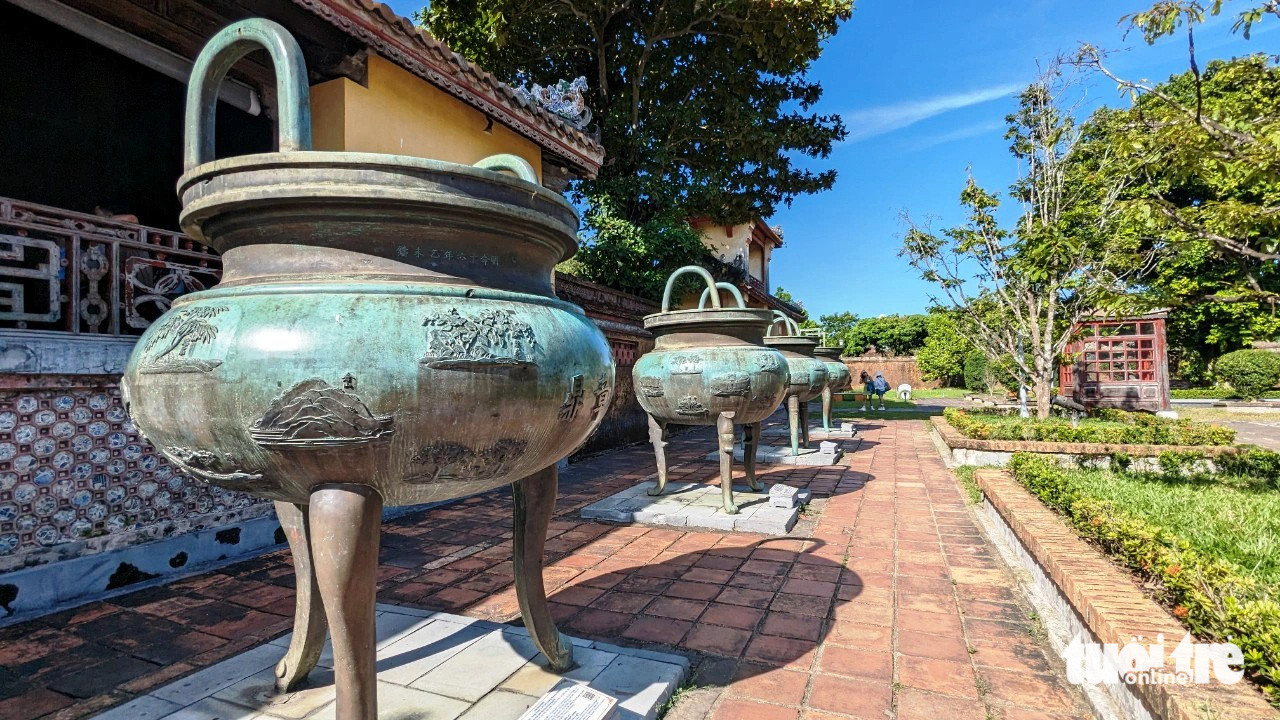
On May 8, the Hue Monuments Conservation Center announced that the file of the Plates cast on nine bronze cauldrons in the Hue Imperial Palace has just been officially recognized as a world documentary heritage by the Asia-Pacific Regional Committee of the UNESCO Memory of the World Program.
World documentary heritage cast on nine cauldrons in Hue
Accordingly, the 10th plenary meeting of the above committee, currently taking place in Mongolia, has reviewed 20 dossiers requesting approval of world documentary heritage from 10 countries: India, Korea, China, Indonesia, Philippines, Malaysia, Bangladesh, Uzbekistan, Mongolia and Vietnam.
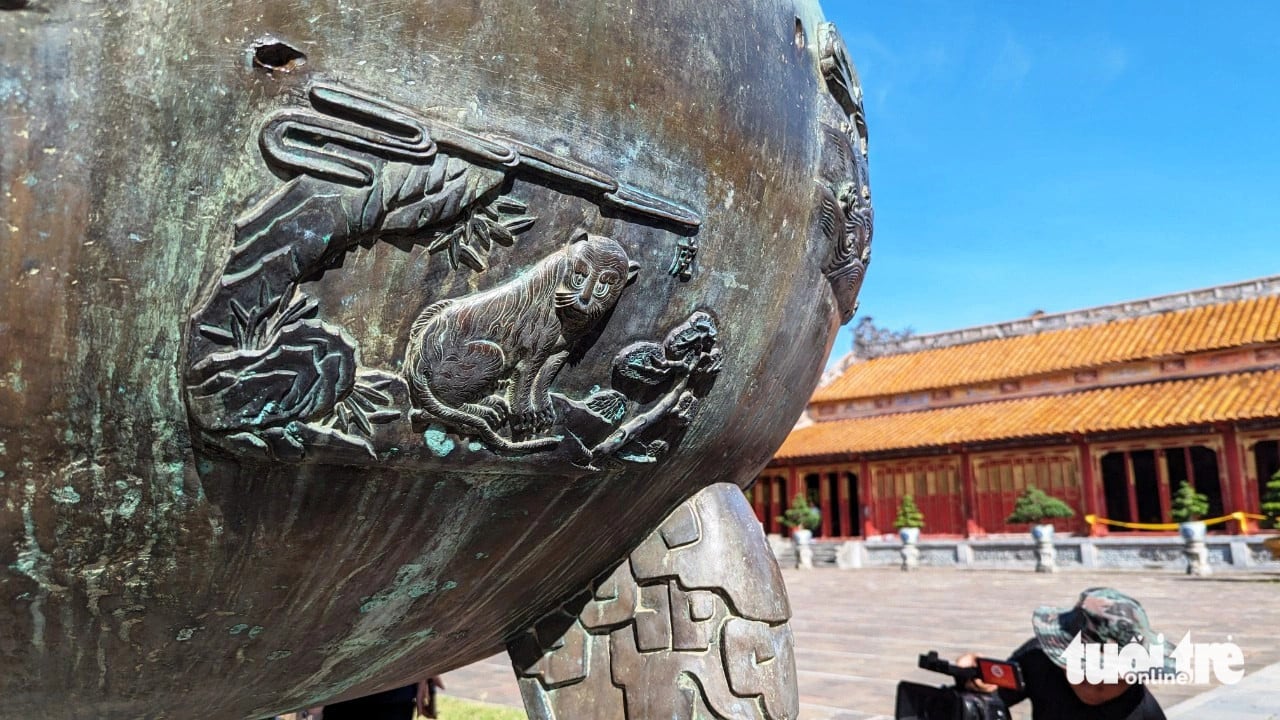
The Vietnamese representative presented the dossier on the nine bronze cauldrons in the Hue Royal Palace and it was approved by the conference.
Ms. Le Thi Hong Van, Acting Director of the Department of Cultural Diplomacy and UNESCO (Ministry of Foreign Affairs), shared that this is a joy not only for Thua Thien Hue but also an honor and pride for all Vietnamese people.
Ms. Van said that the registration of this dossier has increased the total number of titles and heritages recognized by UNESCO that Vietnam possesses to 68 titles, contributing to exceeding the goal of the "Cultural Diplomacy Strategy to 2030".
Hue's 8th World Heritage
Mr. Le Cong Son, Deputy Director of the Hue Monuments Conservation Center, said that the dossier of the Nine Bronze Plates in the Hue Imperial Palace officially becoming a world documentary heritage is truly a joy and honor for Thua Thien Hue province, as this is the 8th heritage to be recognized as a world heritage.
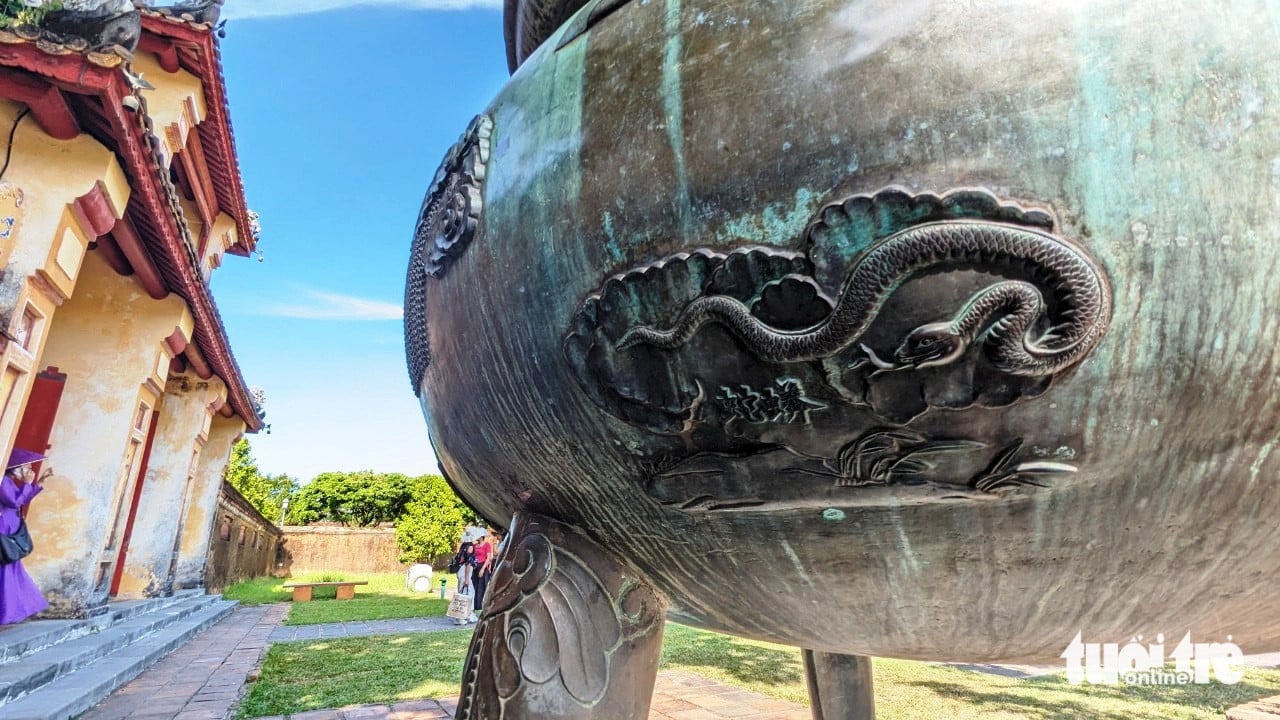
"This has affirmed the role and importance of Hue cultural heritage in the province's long-term economic, cultural and social development strategy.
In particular, this will be a great driving force to soon turn Thua Thien Hue province into a centrally-governed city on the basis of preserving and promoting the heritage values and cultural identity of Hue," said Mr. Son.
The Nine Dynastic Urns in the Hue Royal Palace were ordered by King Minh Mang to be cast in 1835 and completed in 1837. They have been placed in front of the The To Temple yard since its inception until now.
King Minh Mang cast the nine cauldrons to represent the longevity of the dynasty, the wealth and territorial integrity of Vietnam.
The sophisticated bronze casting skills of Vietnamese craftsmen at that time, with 162 carvings of various themes on the nine cauldrons, and many hidden values behind them, brought the nine cauldrons beyond the stature of the nation.
This is a unique and rare source of information that is of great interest to Vietnamese and foreign researchers because it has valuable content on history, culture - education, geography, feng shui, medicine, and calligraphy.
Previously, in 2016, the heritage of Poetry on Hue royal architecture was also recognized as a world documentary heritage.
Some images of Vietnam's newly recognized world documentary heritage:
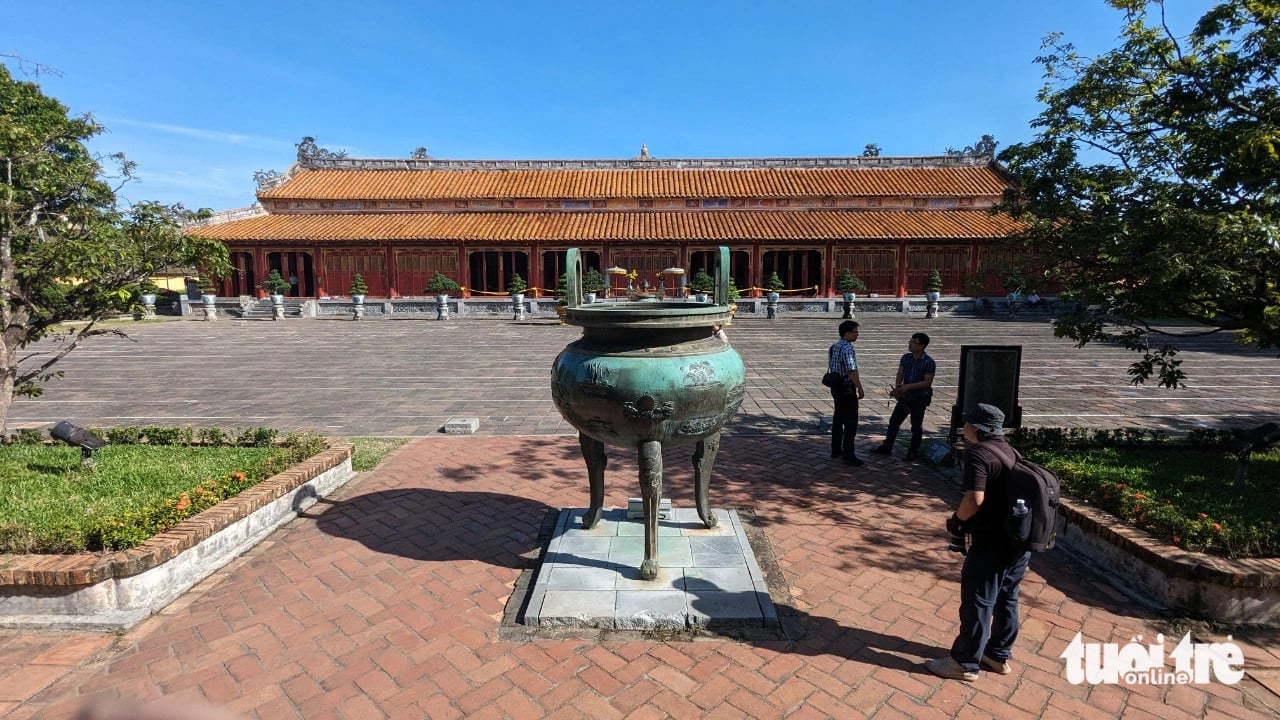
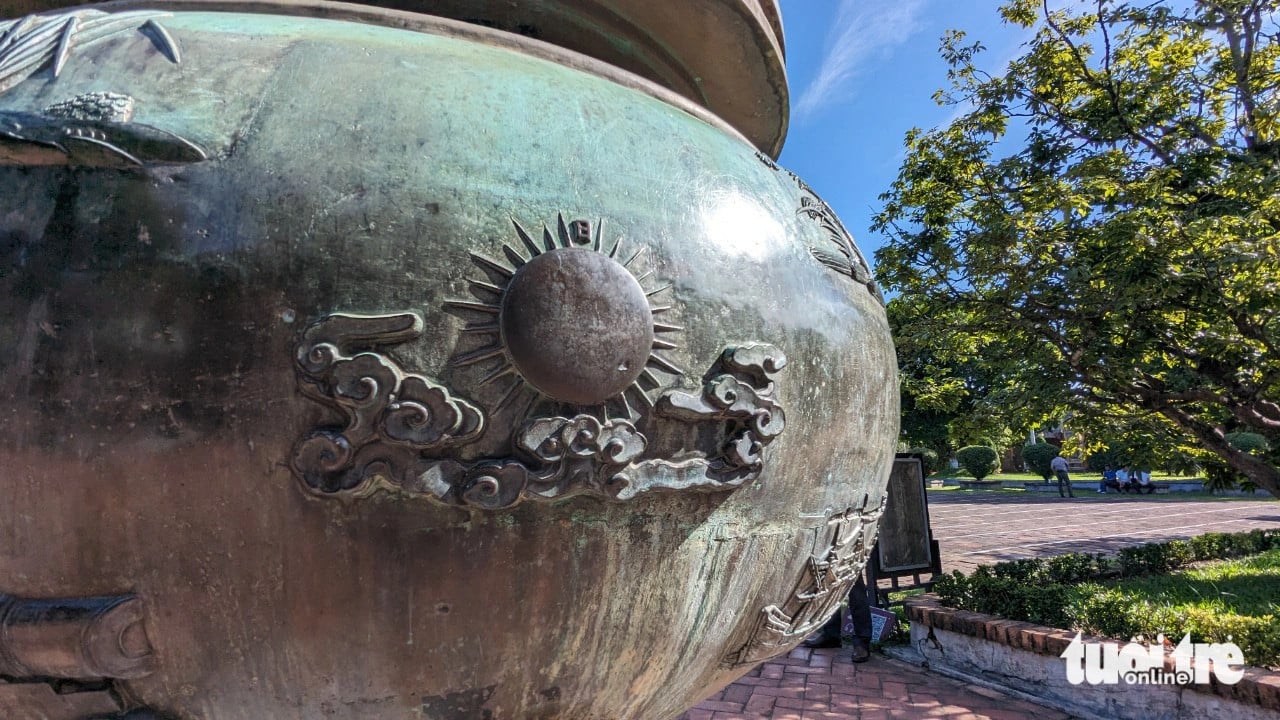
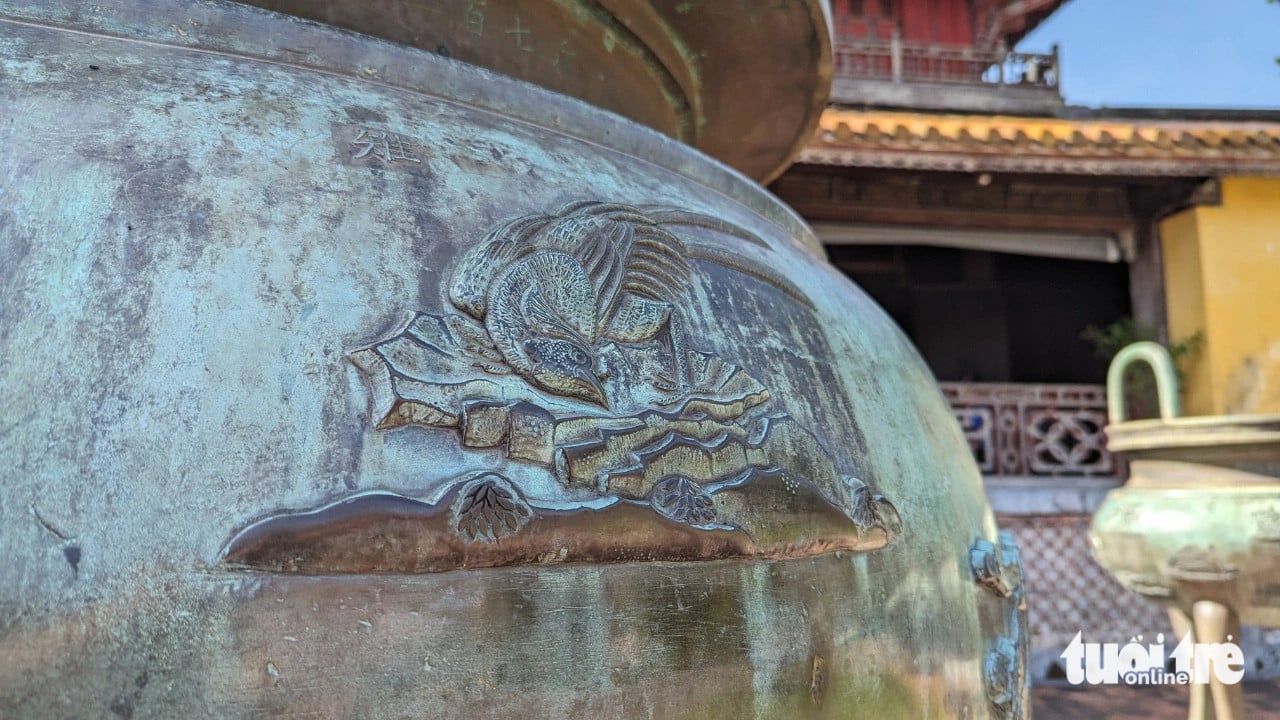
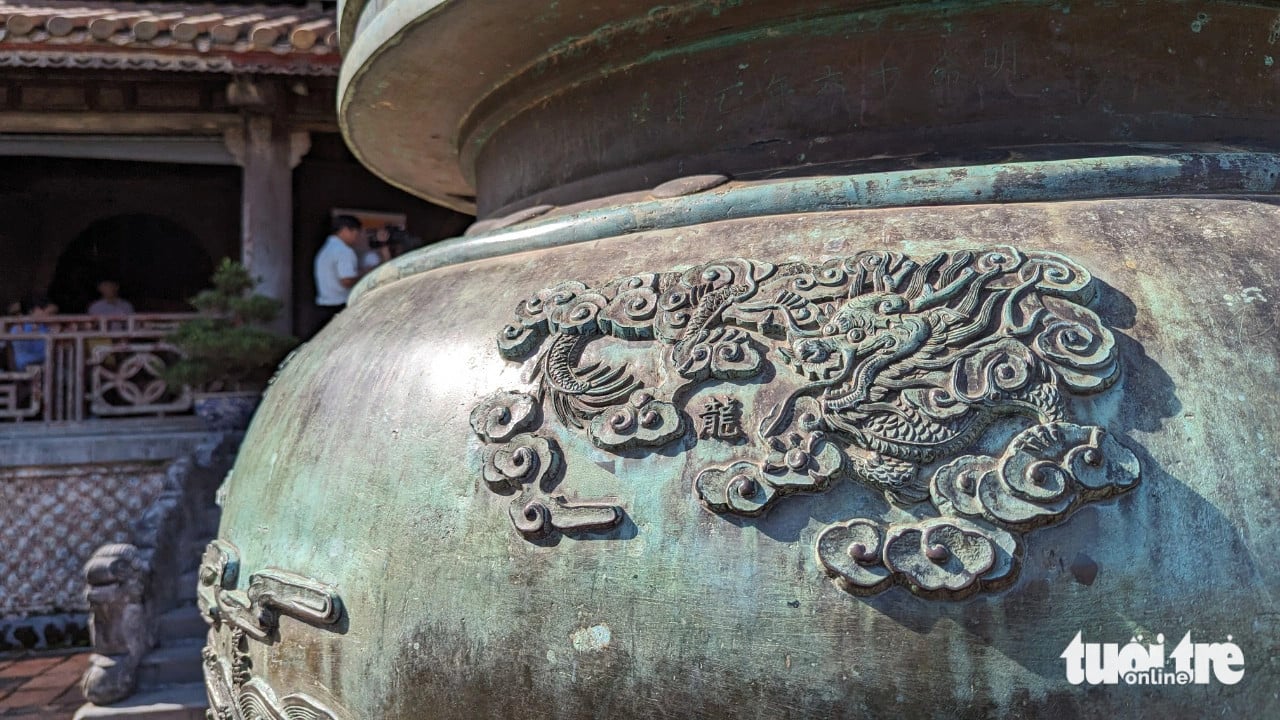
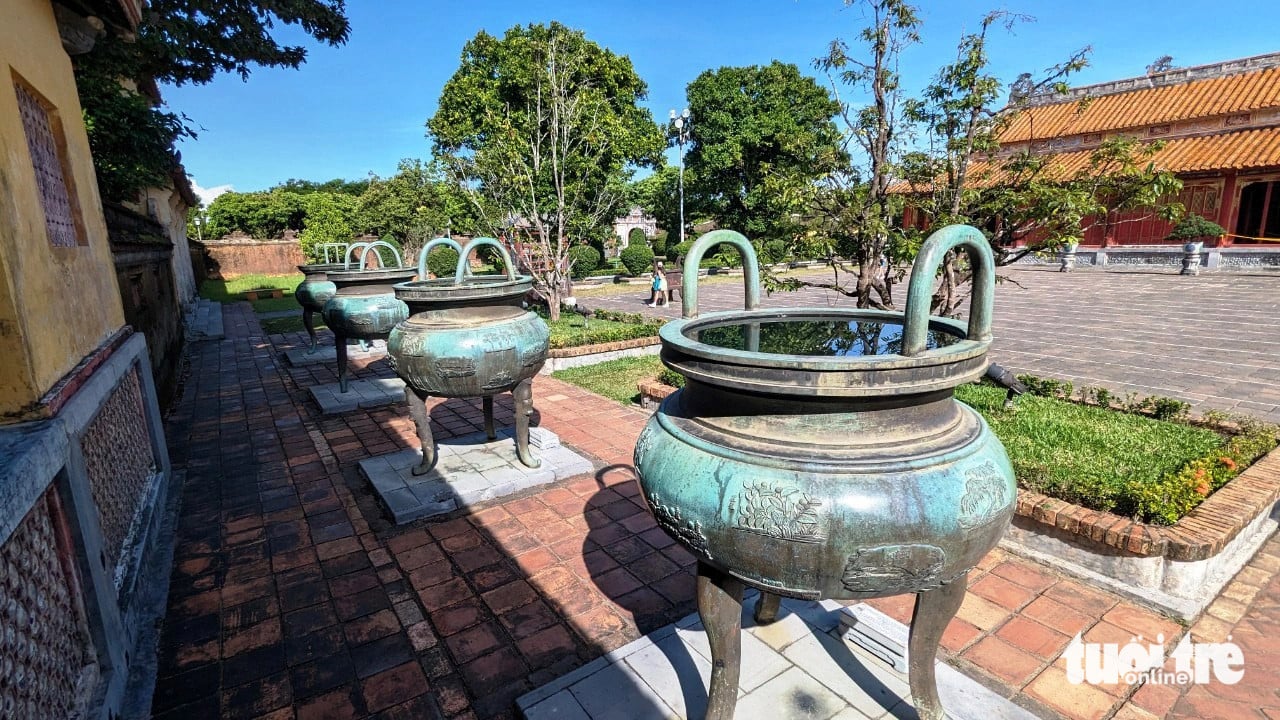
Source


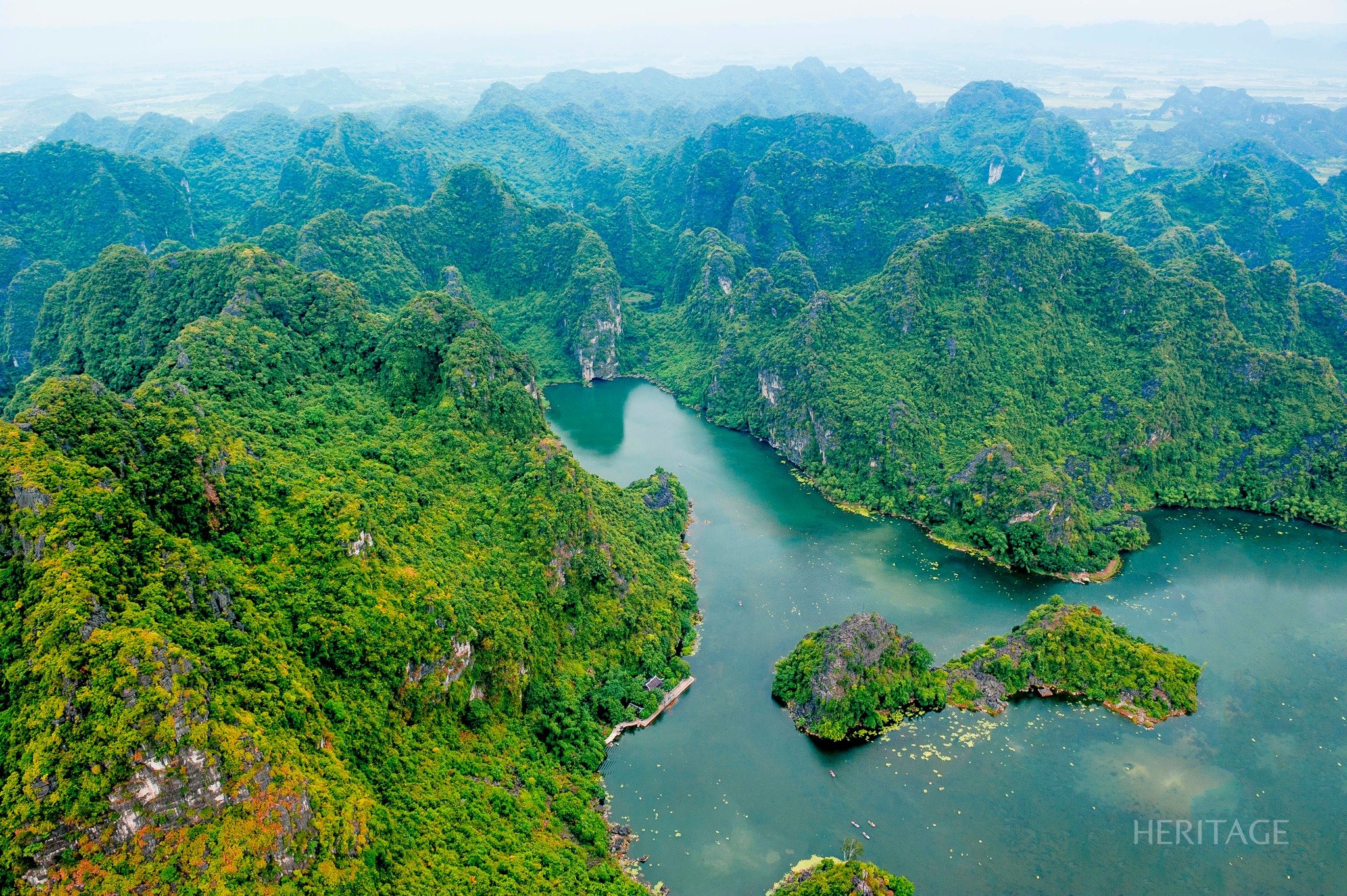
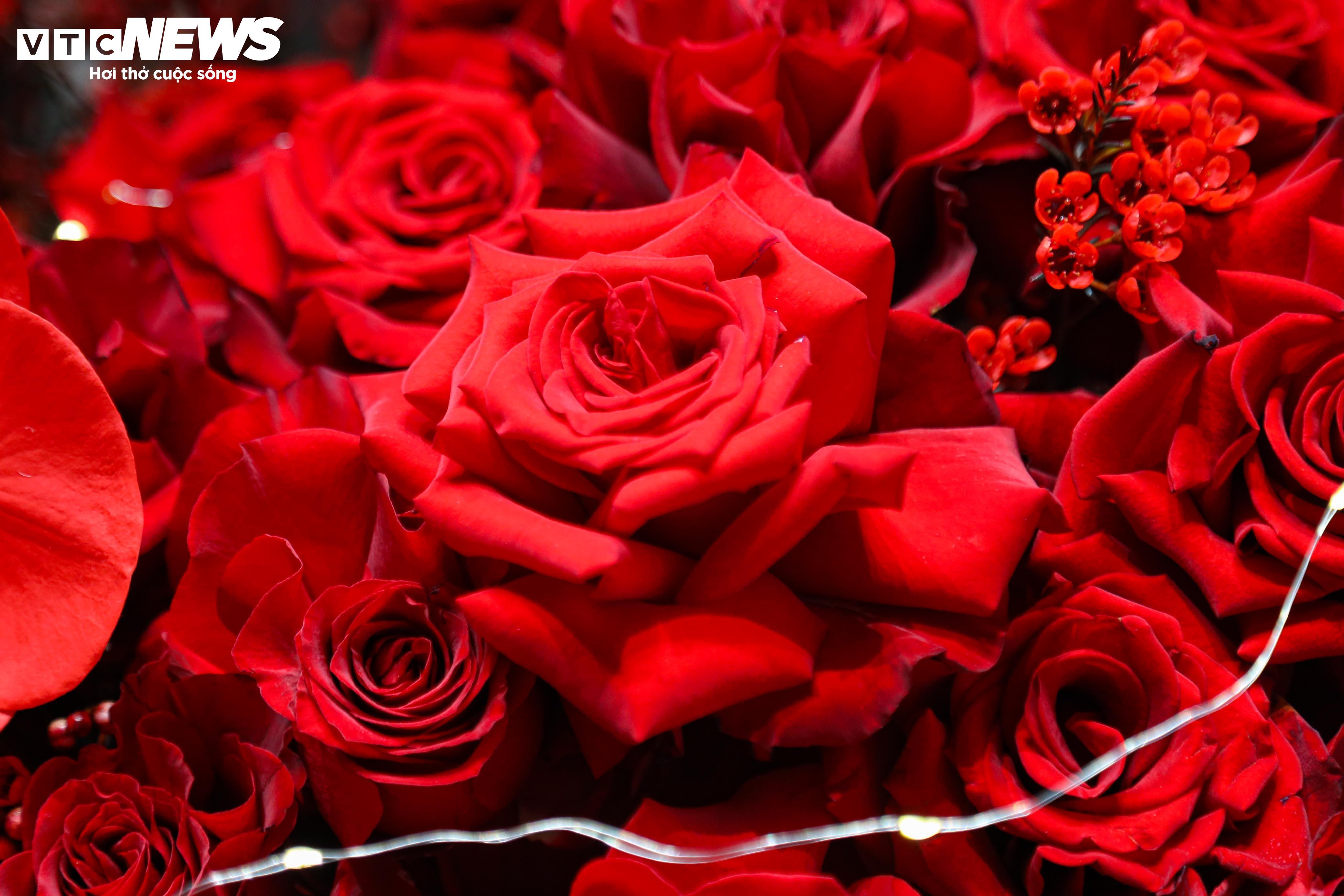

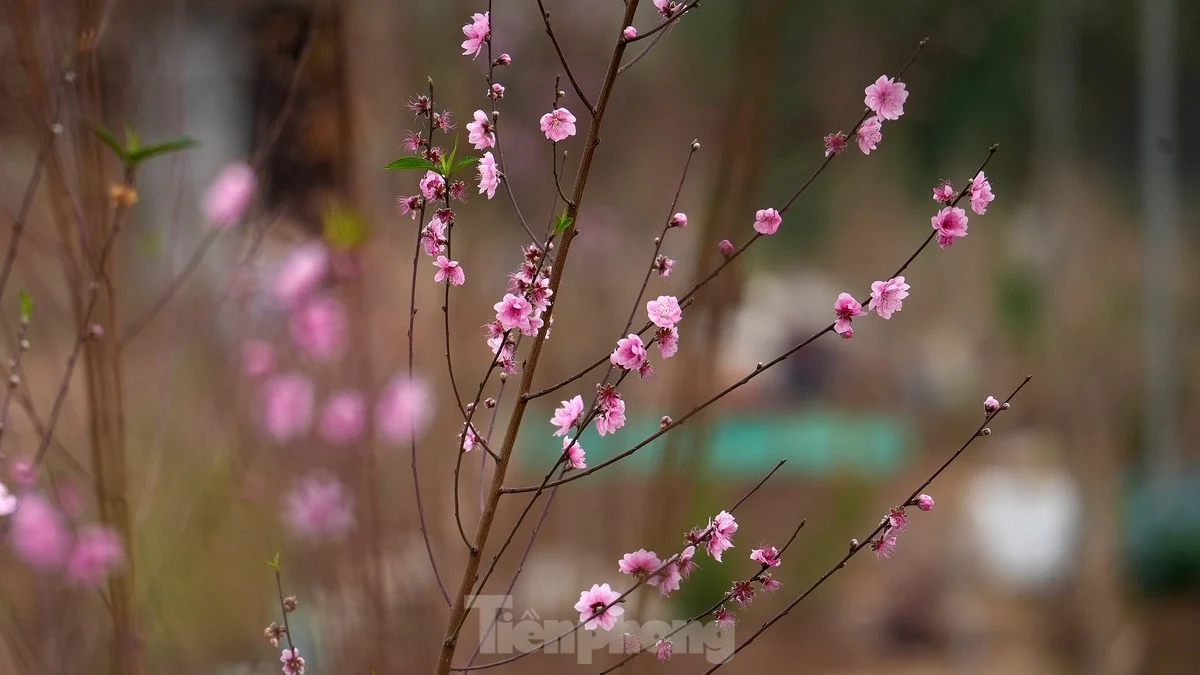

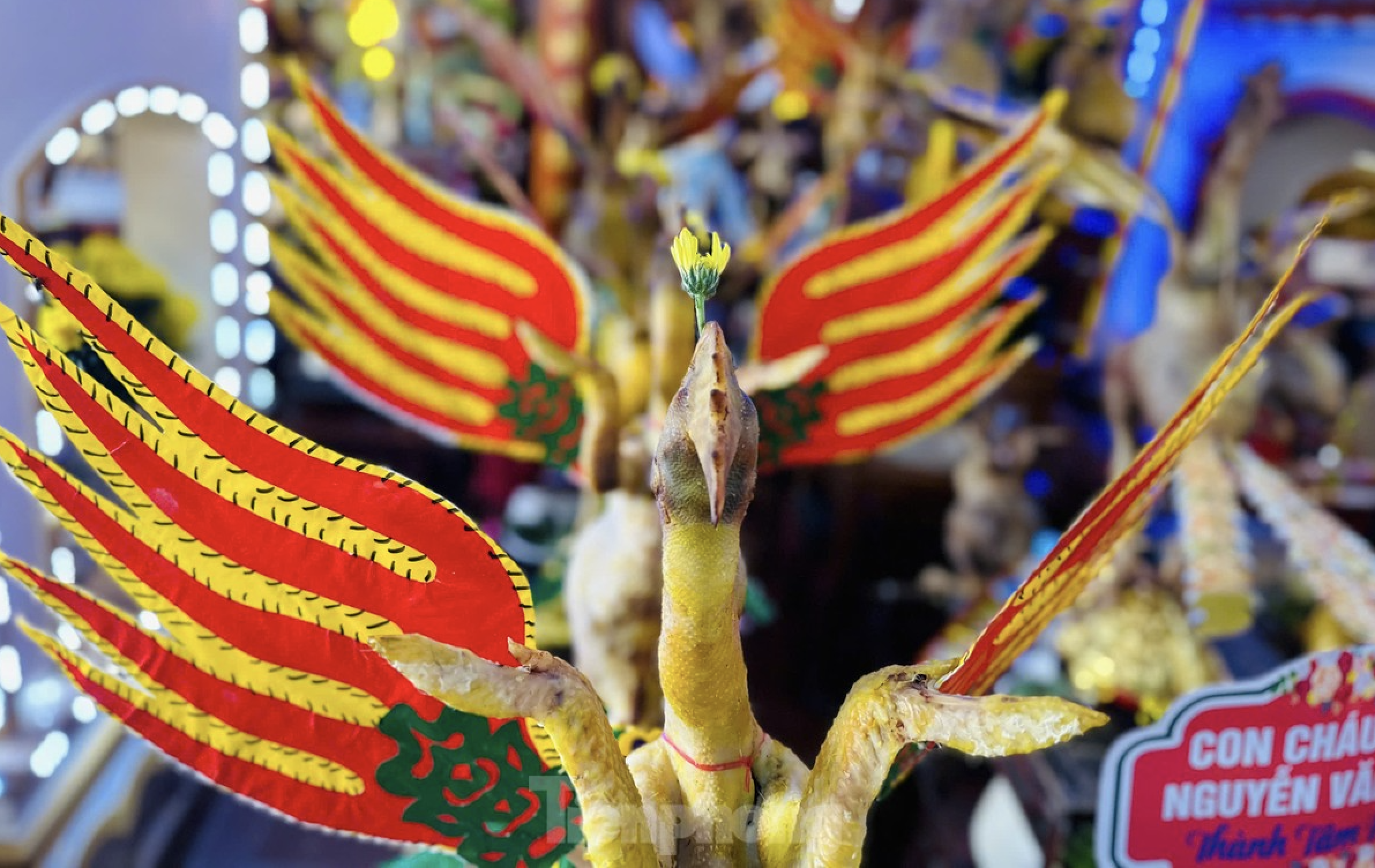
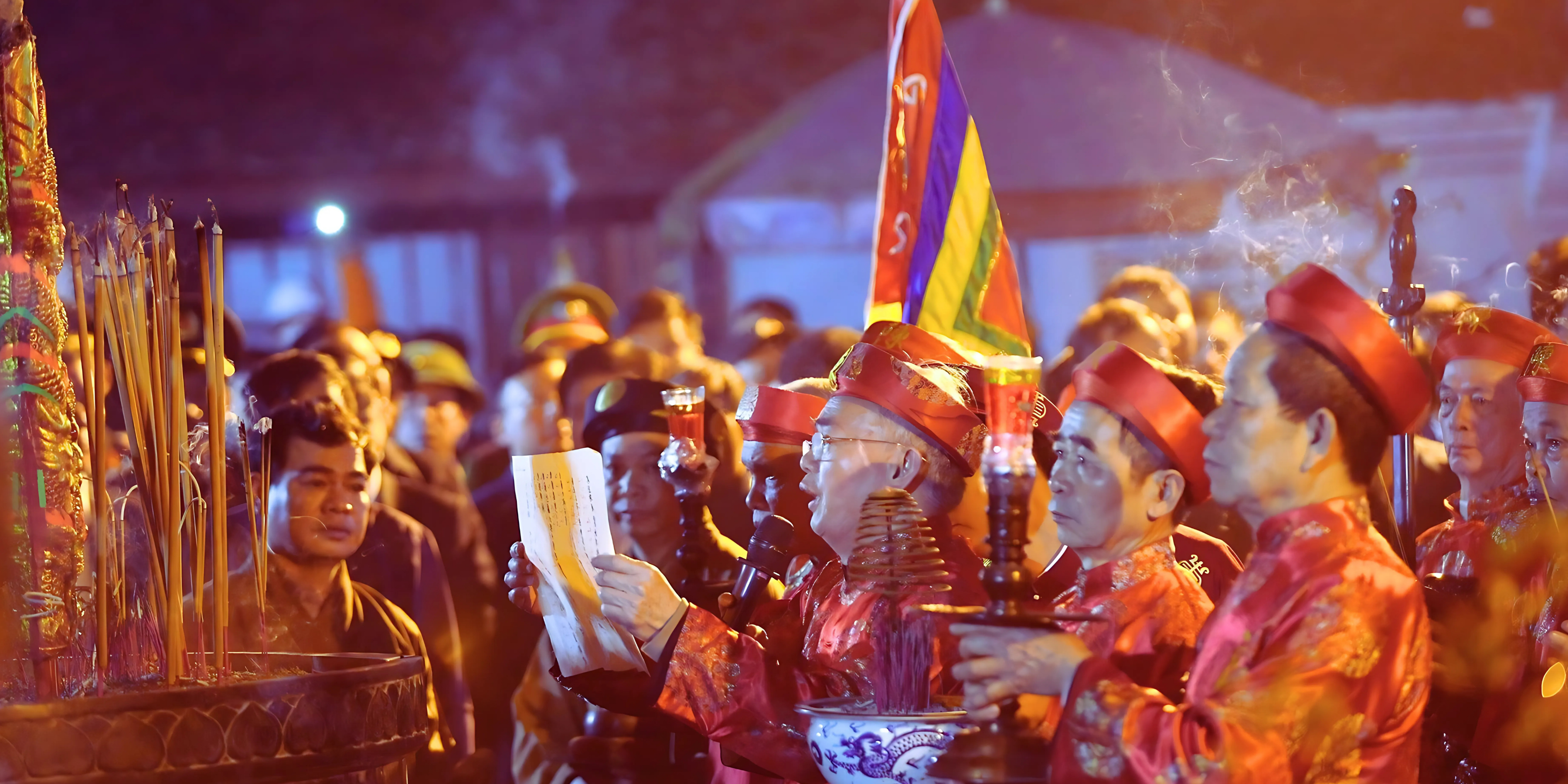
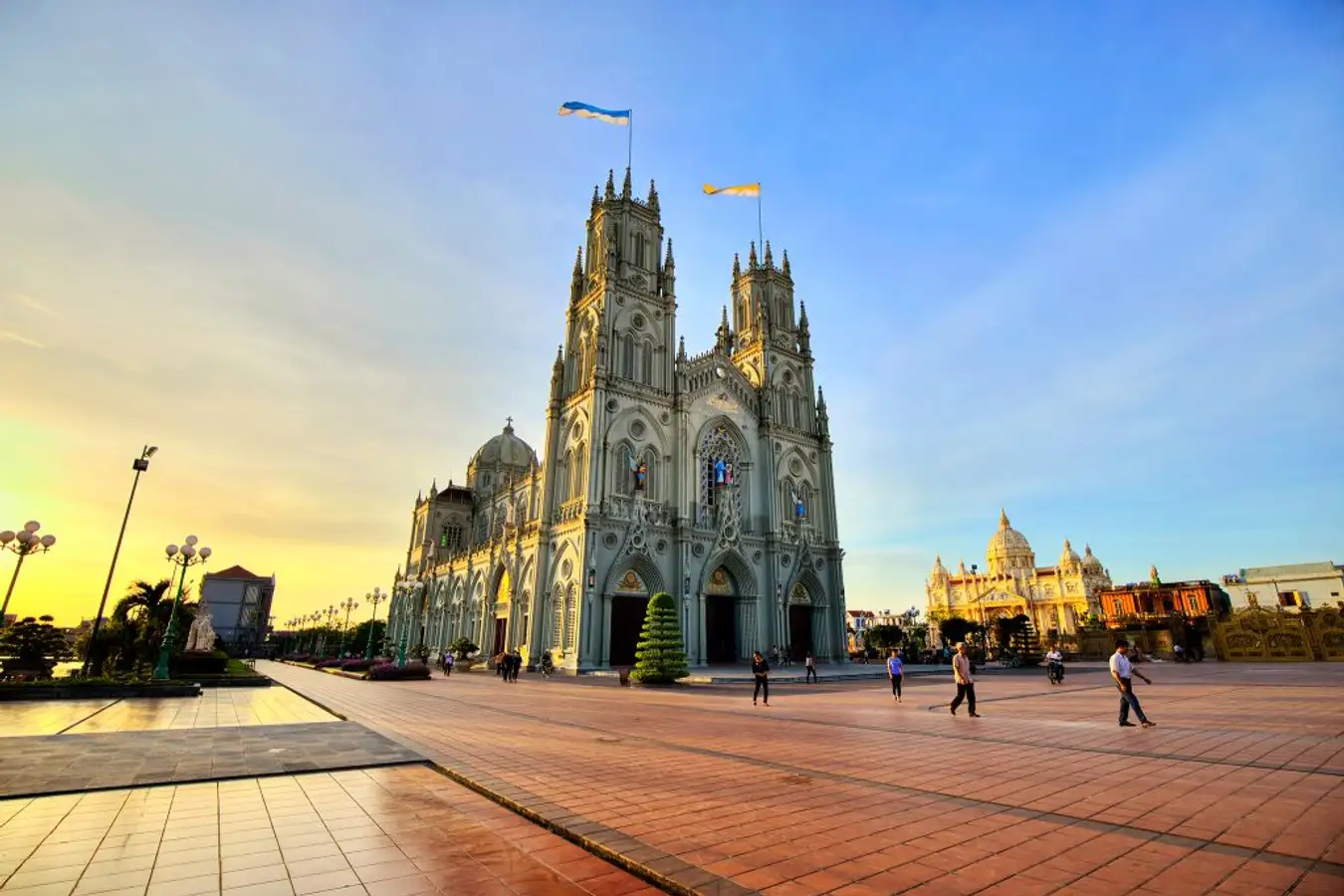




















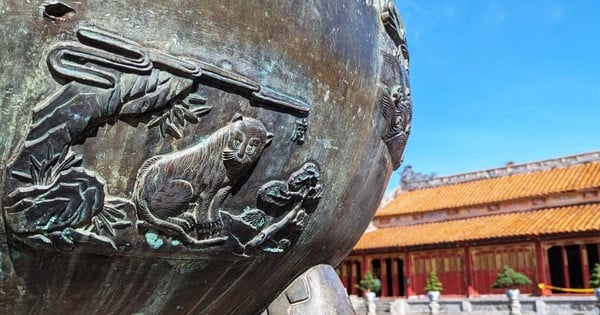
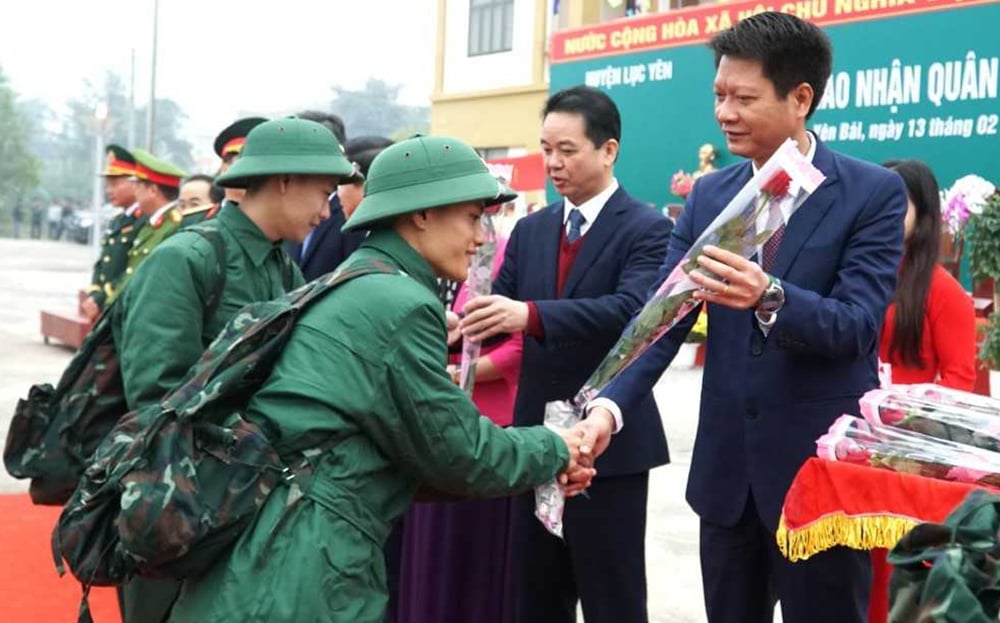

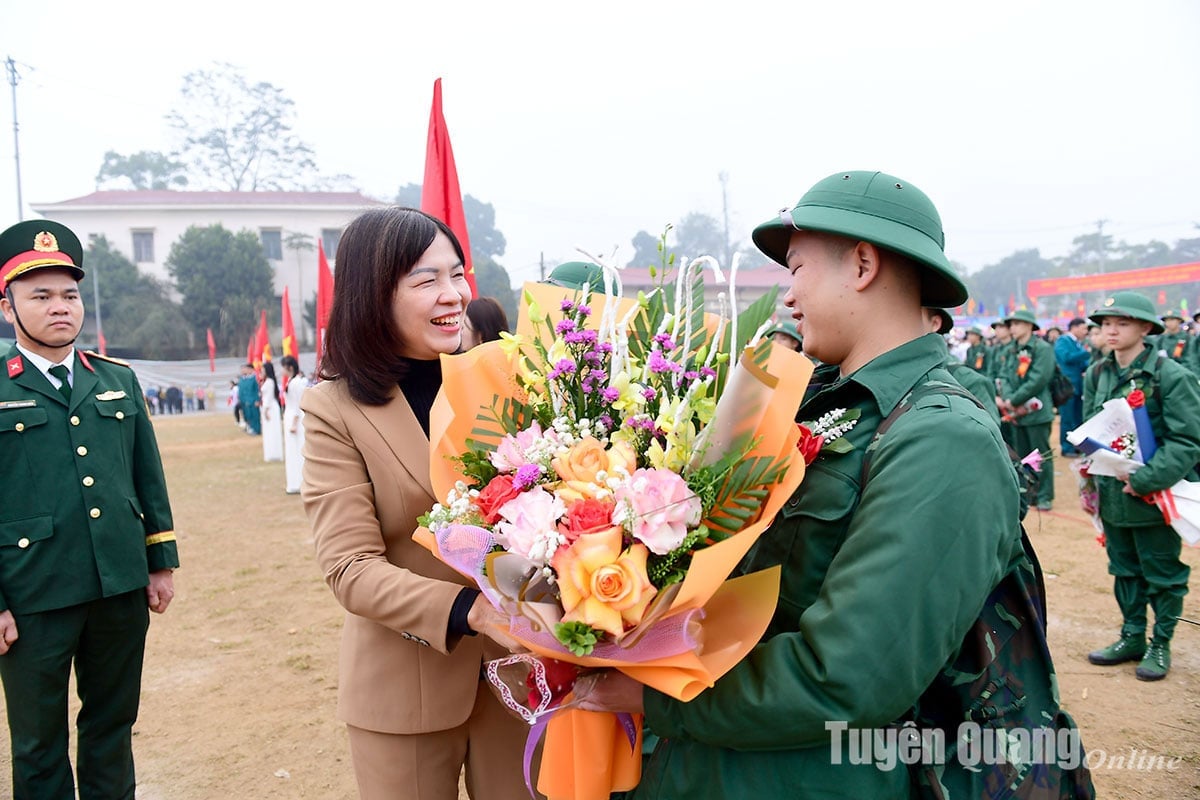
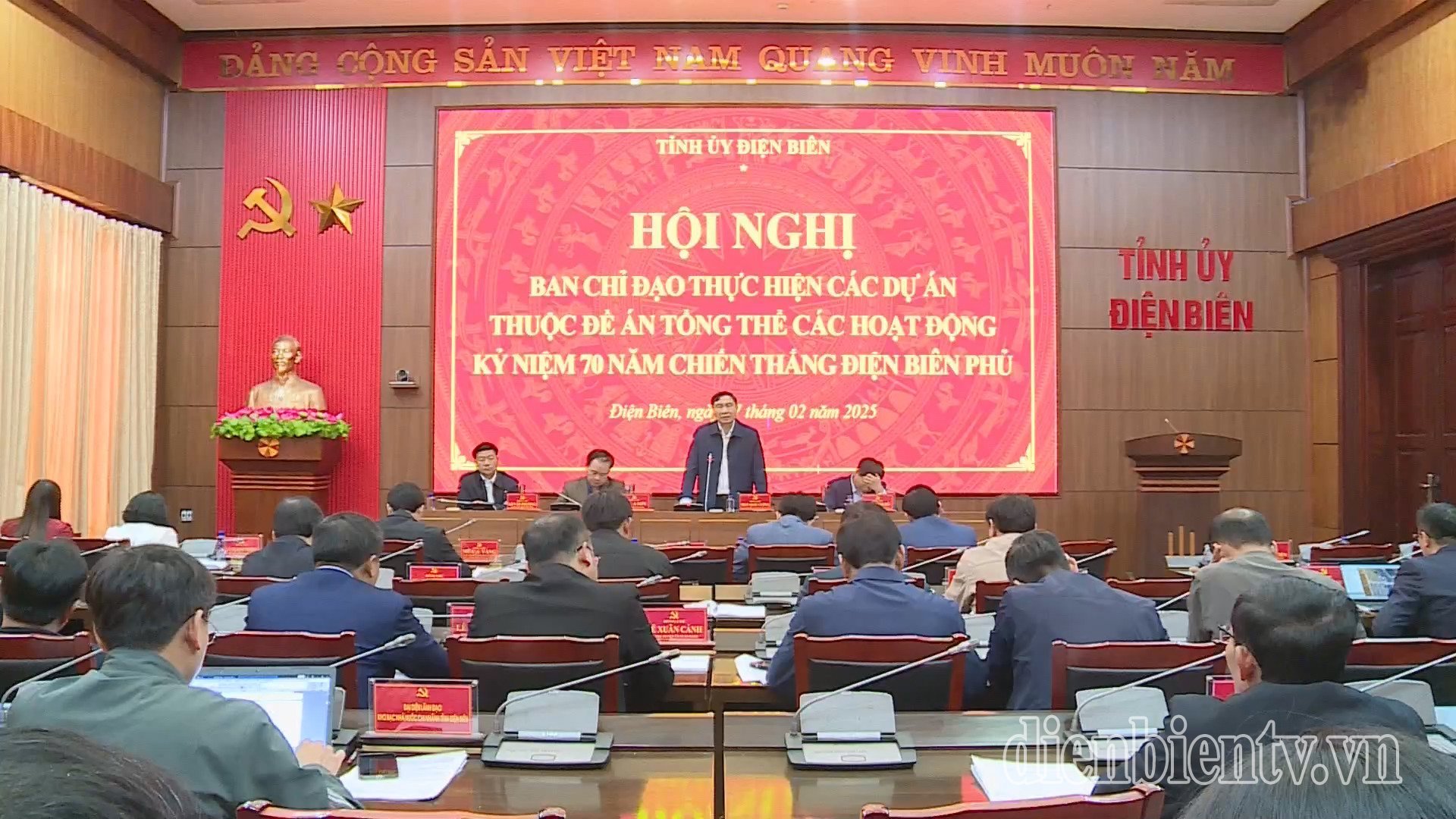
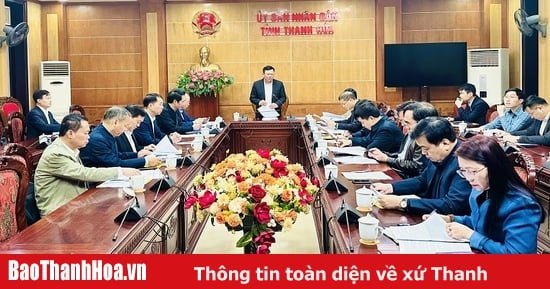

![Charming Vietnam [ Cat Tien National Park ]](https://vstatic.vietnam.vn/vietnam/resource/IMAGE/2025/2/12/c05c34322e4f4cac874e7f971dfaddca)
![Charming Vietnam [ Chau Doc ]](https://vstatic.vietnam.vn/vietnam/resource/IMAGE/2025/2/12/e96a46dceb5e41b1bcc3cf7dc6d54708)
![Charming Vietnam [ Phong Nha National Park ]](https://vstatic.vietnam.vn/vietnam/resource/IMAGE/2025/2/12/1cc2c12b6cb84938b32182cccf560b3c)
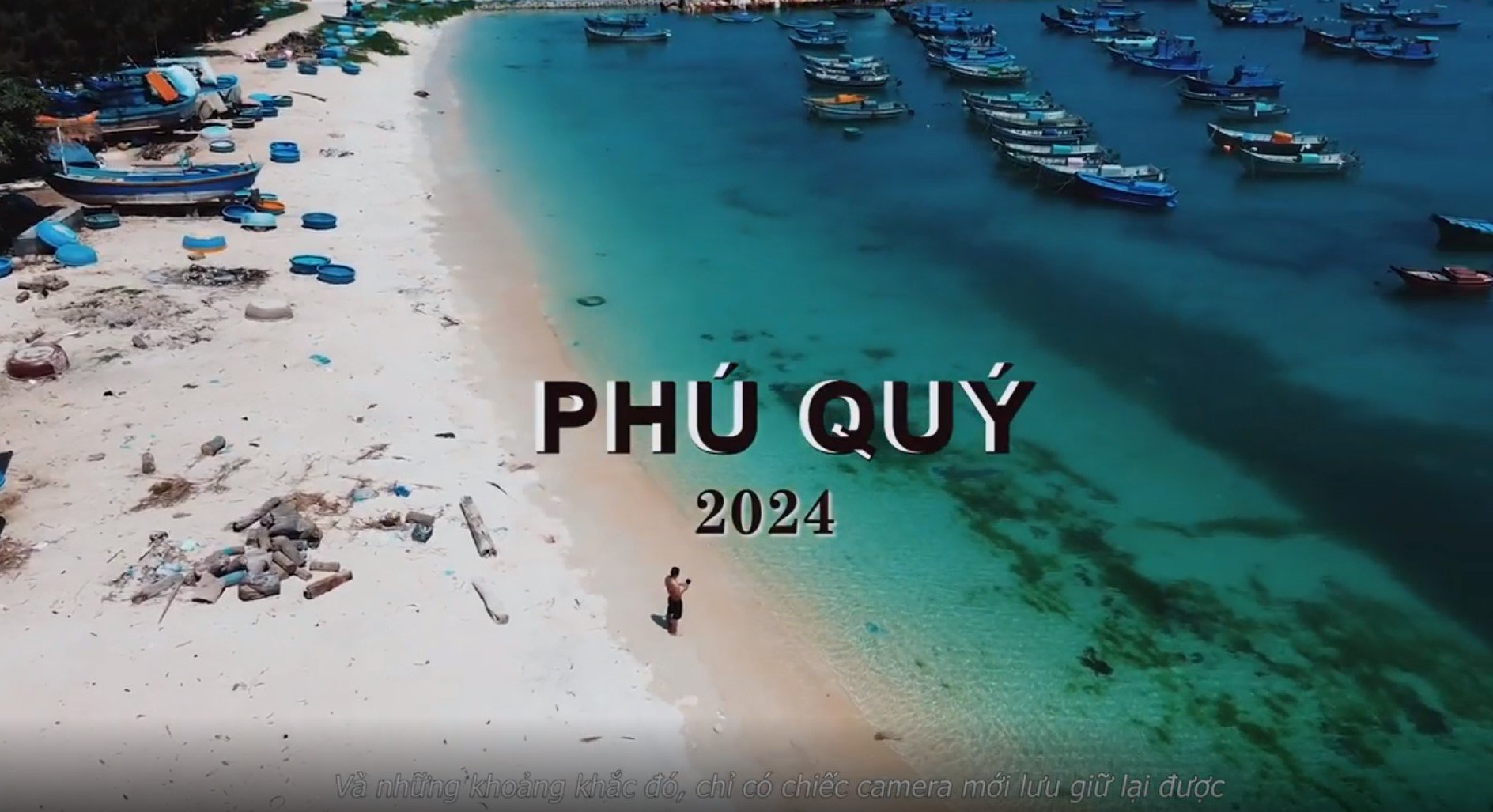
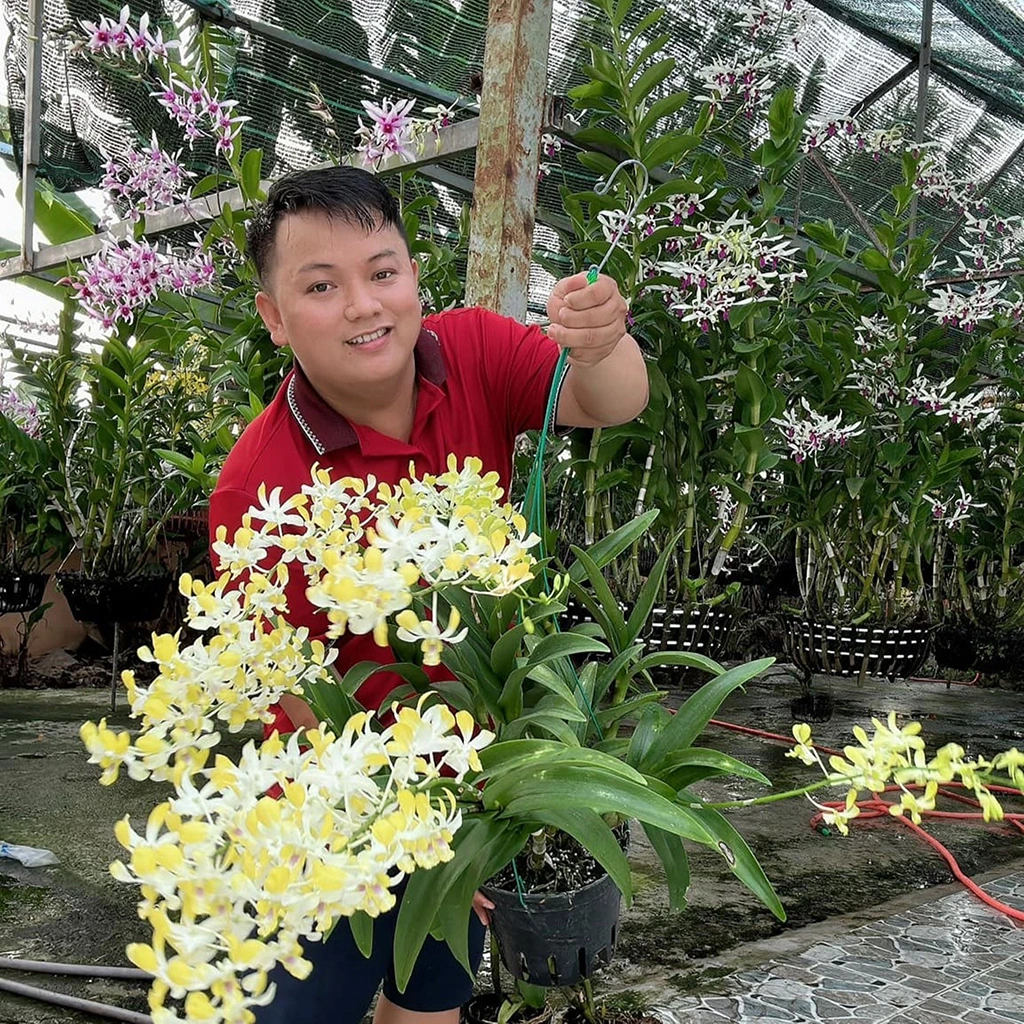



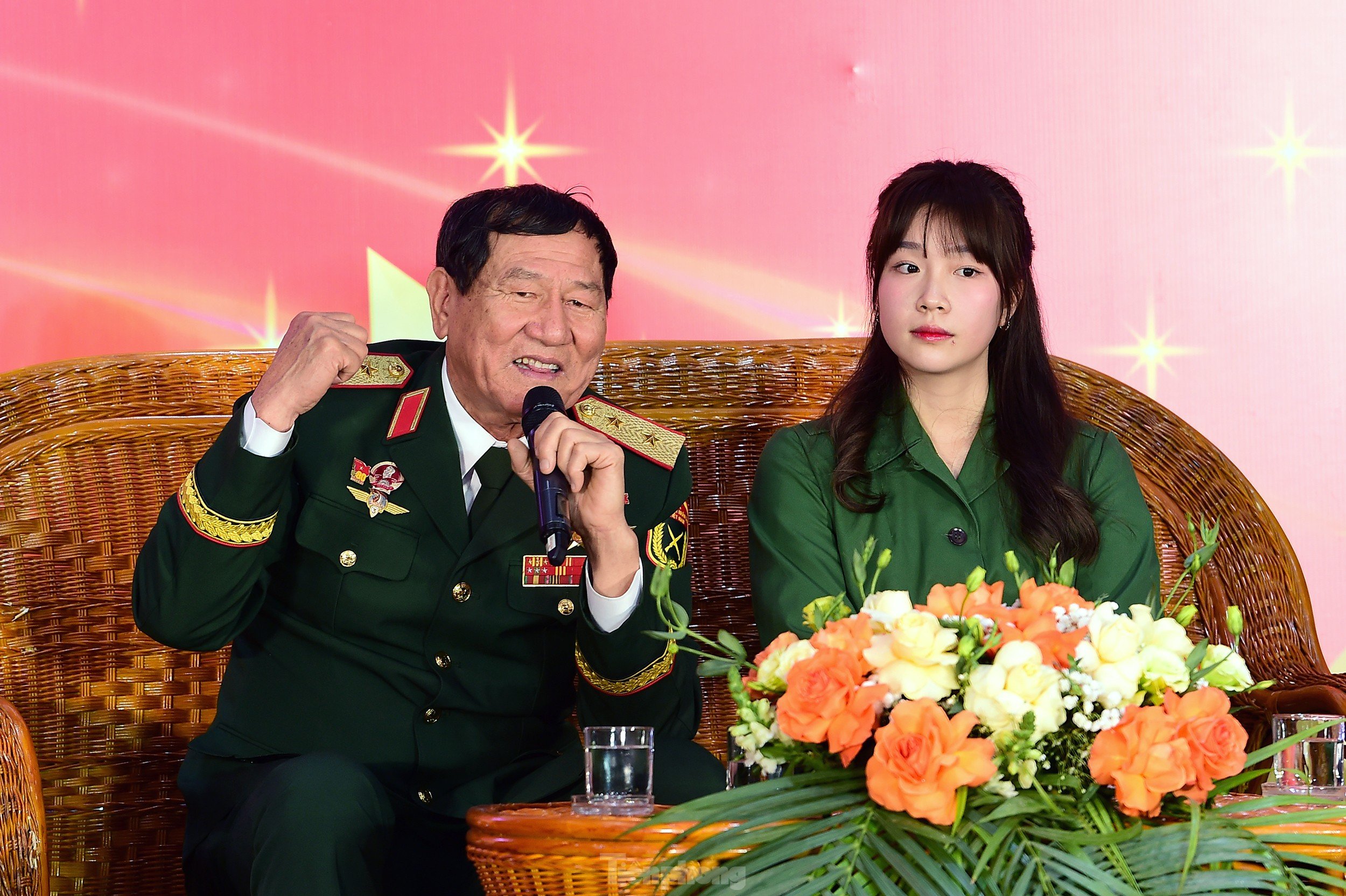











Comment (0)